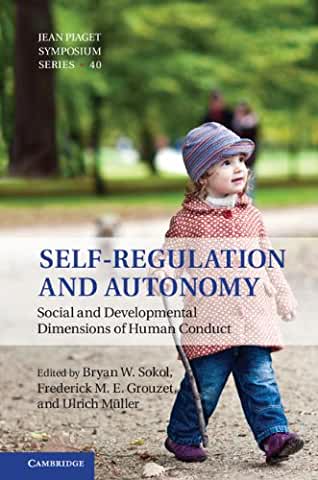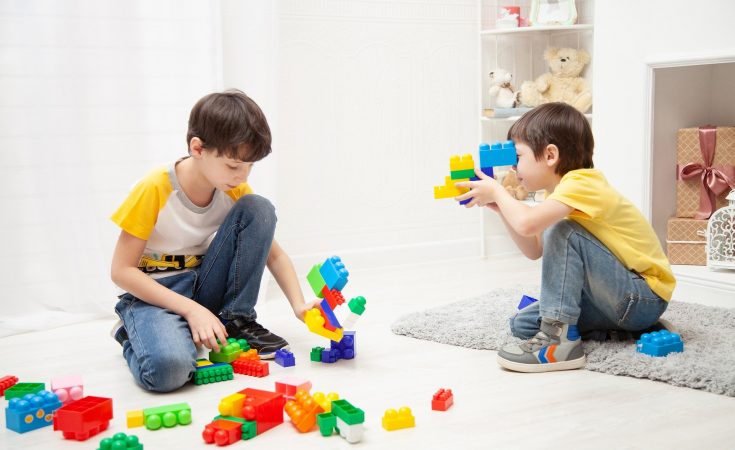
Understanding the different stages of child normal development may help all parents to detect a potential growth problem or neuro-developmental disorders. It’s also by knowing the major stages of child growth and observing them, day after day, with no panic but by taking a little step back (because every child is different) that worried parents may detect forms of autism.
Parenting Is A Great Subject
As a sophrologist and a psychology practioner, I studied Child Psychology, Autism Awareness and much more and worked in link with theories of famous psychologists as Piaget, Wallon and Vygotski. It goes without saying that a woman as Francoise Dolto who worked on the child language birth and on what she called “the cause of adolescents” also gave an exceptional contribution and lighting to these theories.
The greatest psychologists have proposed very different visions of the child’s development. They did not define the same stages for the same ages. As parents, don’t be afraid to study and use these theories because even if they may seem a bit “old-fashioned”, they are still very helpful and relevant. Piaget’s theory really deserves to be studied by all parents. Parenting is a great subject. When you begin to study it you learn so much even if your children are now teenagers or young adults!
For Piaget It’s All About The Intelligence Stages
If you look closer to the work of Piaget, you notice that the stages he has defined revolve around the intelligence which is really specific to the child. He is the psychologist who explained how human knowledge is formed. The child begins by owning a global intelligence that will express new logical gifts. It will pass from simple concepts which, once integrated, will evolve towards much more complex and complicated concepts.
The day after his birth I remember how my son seemed passionate about his right hand. He pointed a finger towards his own face and moved his hand dangerously towards his eyes so that he stuck his fingers in several times ! A gesture that we dreaded but which proves the interest of the newborn for its members and for the movement… A few days later, we left the hospital and went to rest at my parents’home. They accommodated us in a room with a large pink wall, a pink wall that seemed to hold my son’s full attention…
At two weeks old, Ashley began to develop a strong interest in the white doves drawn against the turquoise background of the stained glass windows in his nursery. His interest in things and colors was lively and unambiguous… Much later and until now, I’ve been verified the first steps of Piaget’s theory on my son. It’s been so helpful to me.
From A Little Evolved Knowledge To A Much More Intricate One
Piaget highlighted a stage of comprehension had to be fully integrated before giving way to a finer and more advanced stage. He demonstrated this in particular through logical reasoning exercises from simple objects. For example, he asked a 5-year-old, 6-year-old then 7-year-old child to build, using rectangular wooden “kapla” – all identical – a tower that is half as wide but twice as high as a stack of reference. If the 5-year-old is not really aware of the volume of the tower, the 6-year-old begins to understand the notion of “doubling” an overface (even if he cannot really apply it) and that of 7 years old understands the concept of volume and responds correctly to the exercise.
The Sensorimotor Stage
Jean Piaget distinguished 4 major stages involved in the development of the child. He decided to call them ‘the Stages of Cognitive Development’. The first stage is the sensorimotor stage which begins at birth and ends around 2 years old. The baby’s intelligence is at this stage very functional and practical. It’s the action that always triggers the learning. The baby realizes that objects are separate from his body. He develops an idea of objects. The idea does not yet supplant the presence, however. A toy thrown behind a piece of furniture seems to no longer exist. There’s no symbol in that stage which lasts from the birth to 18-24 months. The baby learns on experiences. That’s the “permanence of the object”.
The Preoperational Stage
It develops from 2 to 7 years old. The symbol and the symbolic function (facts and things) burst into the child’s life. The action becomes more easily internalized. We no longer need to do in order to think. For the child at this stage everyone thinks and acts like him. He is not yet different from the others in his mind but there is language, imagination, intuitive thinking…
The Concrete Operational Stage
It develops from 7 to 12 years. The child develops more subtle theories and strategies. He understands that not everyone has the same opinion as him. He knows that everyone has their character, their attitude and their behavior in the face of events. He shares his point of view and therefore has a capacity for abstraction. Operations become mental. He no longer needs to align objects to count. Concepts and calculations are done in the head. That’s the operational thought.
The Formal Operational Stage
It occurs from adolescence to adulthood. The child is now a teenager. The symbol is preponderant in his ability to think. The capacity to think for oneself, to project and to extrapolate is now complete. There’s also a comprehension of many abstract concepts.
How to verify the Piaget’s theory?
How To Verify The Sensorimotor Stage?
Place your child’s favorite toy behind a large cardboard or curtain. If the child points his finger towards the support which hides the toy then he has understood that the toy, even out of his sight, still exists. It is the permanence of the object. So this stage is ending.
How To Verify the Preoperational Stage ?
The child seeing vegetables shaped toys or a small cash register naturally begins to create a scenario and to play the merchant. The little girl seeing dolls is able to play alone pretending being a mum. The object increases the ability for story telling and scenarii.
How To Verify The Concrete Operational Stage ?
Use kaplas. Make a first tower with two rows flat and six rows high. Ask the child to build another tower twice the size but one row flat. Then ask him to manage so that the surface of the second tower is double the first (this even if the base is narrower). It does not matter if the result is correct or not (the child may be wrong when counting the bars). What is really important is that he tries to double the number of bars. The ability to imagine a strategy to double the first tower surface really matters.
How To Verify The Formal Operational Stage ?
This mainly involves asking the child to do difficult fractions or math exercises. It does not matter the result if the reasoning is correct. Pay attention to their ability to discuss a subject, to give their opinion on a topical subject by checking whether it takes into account the opinions of the supporters and detractors of a concept. The teenager must be able to talk about conflicts of interest into one situation and to address the opinions of others, from all walks of life…
Assimilation And Accommodation
With his theory, easily verifiable, the Genevese Jean Piaget proved that the child, throughout his development adapts his thought patterns to new informations and datas which reach him. He becomes more and more capable of adapting his reasoning to the concrete and to the reality that surrounds him. This adaptation, you noticed, is carried out either by assimilation or by accommodation. If the pre-existing helps to gauge the novelty, it does not prevent accommodation: the necessary change of cognitive structure in order to integrate a new element, a new ‘item’. Assimilation and accommodation do not necessarily follow one another. As adults see how we are constantly switching from one to the other while our main quest remains the finest possible understanding of the world surrounding us. Piaget allows us to understand how deep each period of the child’s development gives favor to assimilation or accommodation.
The Difference Is the Wealth Of Humanity
Piaget’s theory is both easy to understand and to verify. Never forget that it is up to professionals to judge a possible developmental disorder in children. Parents, depending on their investment in the education of the child, may spot and detect points that could be faulty and of course never panic! We do not all have the same logic or the same reasoning capabilities ! We all have to remember that difference is the wealth of humanity!
By C.B
Going further…



































